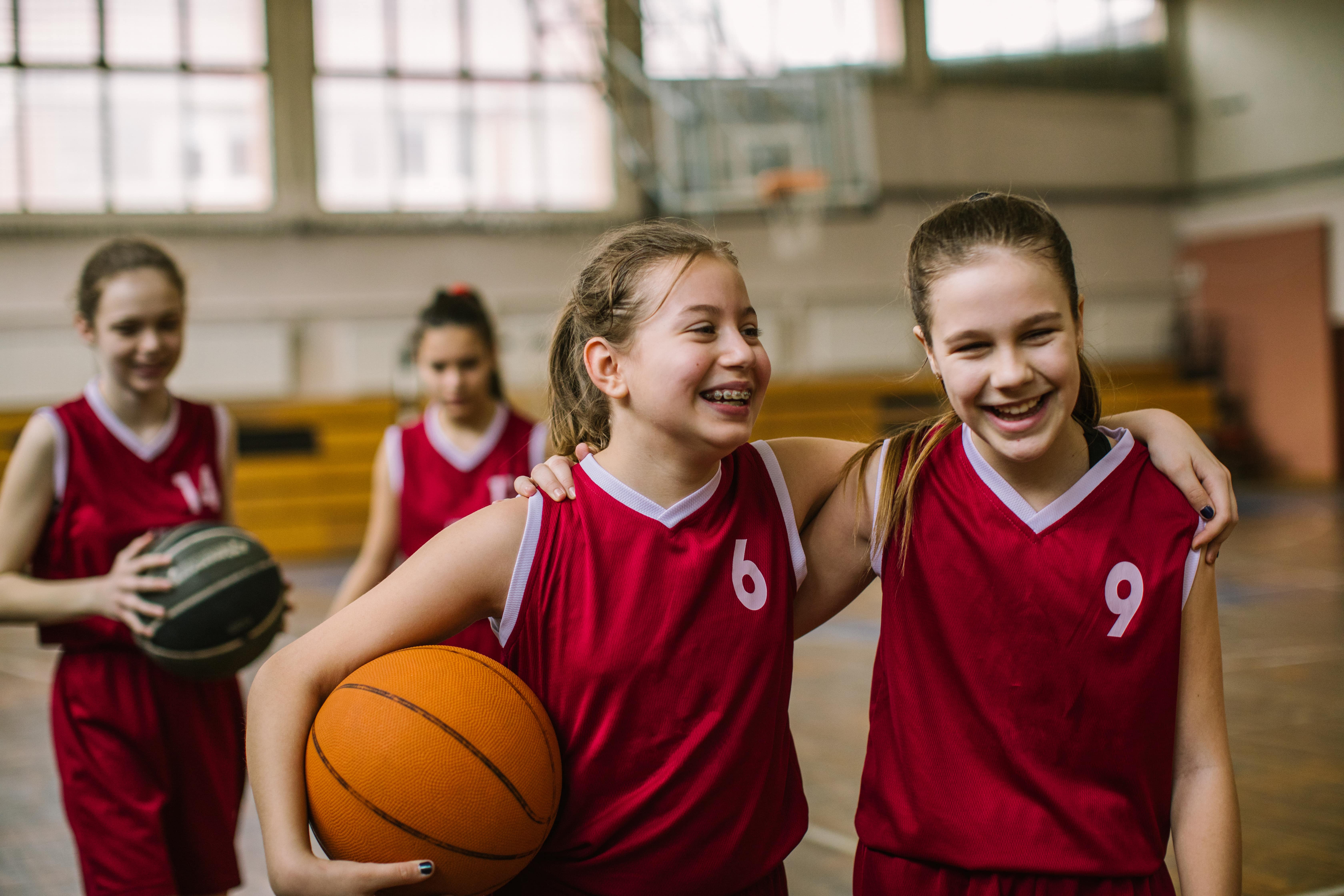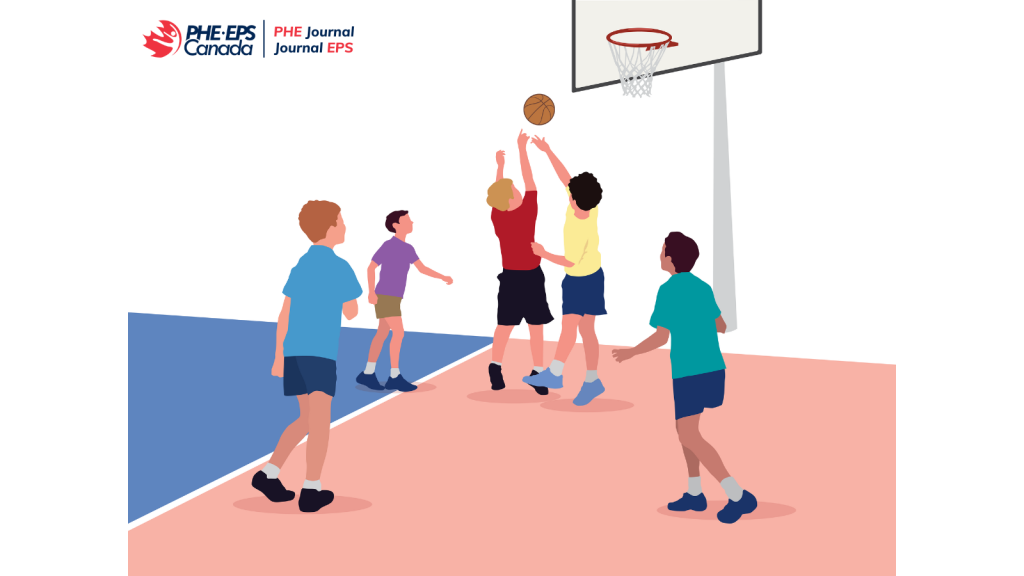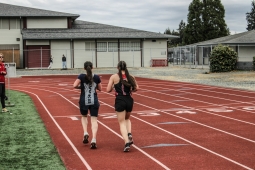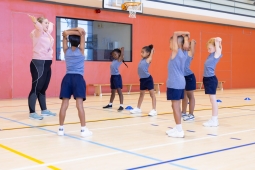"The Power of Play" – Are Intramurals the Missing Link?

Earlier this year, Ophea (the Ontario Physical and Health Education Association) brought together various stakeholders to explore the question of "Re-imagining School Sport." It was determined that school sport can foster a sense of belonging, with students desiring physical activity opportunities that promote fun, connection with peers, inclusive participation, and the joy of movement (Jumpstart Charities, 2024).
“If your school invested all its time, resources, and money currently allocated to inter-school sports into the provision of informal and intramural sports, would it have a greater impact on nurturing a physically educated person?”
– Sporticus (@ImSporticus)
In its current form, the number of students involved in school sports is limited to the number of teams a school can offer during each season and the number of available spots on those teams. Often, the same students participate across multiple teams, further restricting opportunities for the entire student population.
This raises an important question: If we wish to ensure that schools have the capacity, resources, and infrastructure to provide quality, safe, and inclusive physical activity opportunities for all students, what role do intramurals play?
Data from the 2024 ParticipACTION Report Card shows that only 39% of 5- to 17-year-olds meet the recommended physical activity guidelines—a statistic unchanged from the 2020 report, which highlighted the negative impact of COVID-19 on youth physical activity levels. Could a well-structured intramural program or organized recreational activities within schools which strive to meet the needs of the entire school population be the missing link? The concept behind meeting the physical, mental, emotional, and social well-being needs of the many rather than the few who engage in interschool sport will continue to enhance the entire school experience of students.
A broad range of intramural programs can allow students to develop essential life skills, build self-identity, and establish a strong sense of belonging within their school communities. Intramurals, long a staple of educational environments, provide students with opportunities for participation, engagement, and personal growth outside traditional classrooms. Whether through conventional or non-traditional sports and activities, intramurals offer something for everyone. Beyond immediate enjoyment and exercise, they bring long-term benefits.
The Importance of Intramurals
- Holistic Development. A quality intramural program supports the physical, emotional, and social growth of students. It can complement the curriculum by providing opportunities to learn teamwork, leadership, conflict resolution, and time management in a relaxed yet structured setting.
- Inclusion and Accessibility. Unlike interschool sports, which can be highly competitive, intramurals are designed to be inclusive. They allow students who are not part of a school team to participate in physical activity. In an intramural setting, whether competitive or non-competitive, everyone can be active and engaged. Intramurals provide opportunities for students to feel empowered to participate regardless of their background, physical ability, or prior experience with sports. This makes physical activity accessible to a broader segment of the student population, encouraging widespread participation. The potential for participants to connect and cooperate across differences, and have FUN, can be valuable in helping all students feel welcomed and supported.
- Mental and Emotional Well-being. Evidence continues to support the role of physical activity in promoting mental health. According to School Mental Health Ontario (2023), "Physical activity can be a great way to distract ourselves! Exercise helps our bodies process tense feelings while keeping our minds focused on the activity at hand." Intramurals provide a low-pressure environment for students to reduce stress, anxiety, and depression, while improving mood, energy levels, and self-esteem.
- School Spirit and Community Building. Intramurals contribute to the overall school culture by fostering a sense of belonging and community throughout students' school experiences. Once connected to their peers and the school culture, students tend to experience greater satisfaction and a more positive atmosphere.

With the creation of an effective and sustainable intramural program, the benefits extend beyond gymnasiums and playing fields. Quality programming promotes physical fitness, helping students combat sedentary lifestyles and excessive screen time. This, in turn, reduces the risk of obesity, improves cardiovascular health, and enhances focus in the classroom. Intramurals also teach essential social skills such as communication, cooperation, teamwork, and Fair Play, which transfer into all learning environments, the workplace, and social settings.
Additionally, intramurals provide leadership opportunities, encouraging students to use their voices, both as program leaders and as participants. Students acting as program leaders develop organizational and time management skills and take ownership of the programs utilizing both staff and student feedback to support the program and make it sustainable. The student participants are very good at providing their voices in the form of feedback about their involvement, and in the choices of the activities they would like to play. This helps all of the organizers of the intramural program, staff advisors and student leaders, to support the diverse needs of the entire school community. Overall, a more positive school environment, where accountability and program ownership are allowed to flourish.
Intramurals play a crucial role in promoting physical activity, building social connections, and enhancing school culture. When designed effectively, they offer an inclusive platform for students to grow physically, mentally, and emotionally. Schools that prioritize diversified activities, inclusive environments, and strong student involvement will see their intramural programs thrive, offering a fun and rewarding experience for all students.
Perhaps it is time to reimagine intramurals and recognize their potential to impact many students, rather than just a select few. Could intramurals truly be the missing link in schools that both staff and students need?
References:
Sporticus [@ImSporticus]. (2023, June). If your school invested all its time, resources and money that it currently puts into the provision of inter-school sport & put it into the provision of informal + intra-mural sport would it have a greater impact on nurturing the physically educated person? https://drowningintheshallow.wordpress.com/
Canadian Tire Jumpstart Charities. (2024). Jumpstart: State of Play Youth Report 2024. Canadian Tire Jumpstart Charities. Retrieved from https://jumpstart.canadiantire.ca/pages/research
School Mental Health Ontario. (2023, March 1). Mental health literacy and anxiety management social media bundles. School Mental Health Ontario. https://smho-smso.ca/find-a-resource/?id=8198








